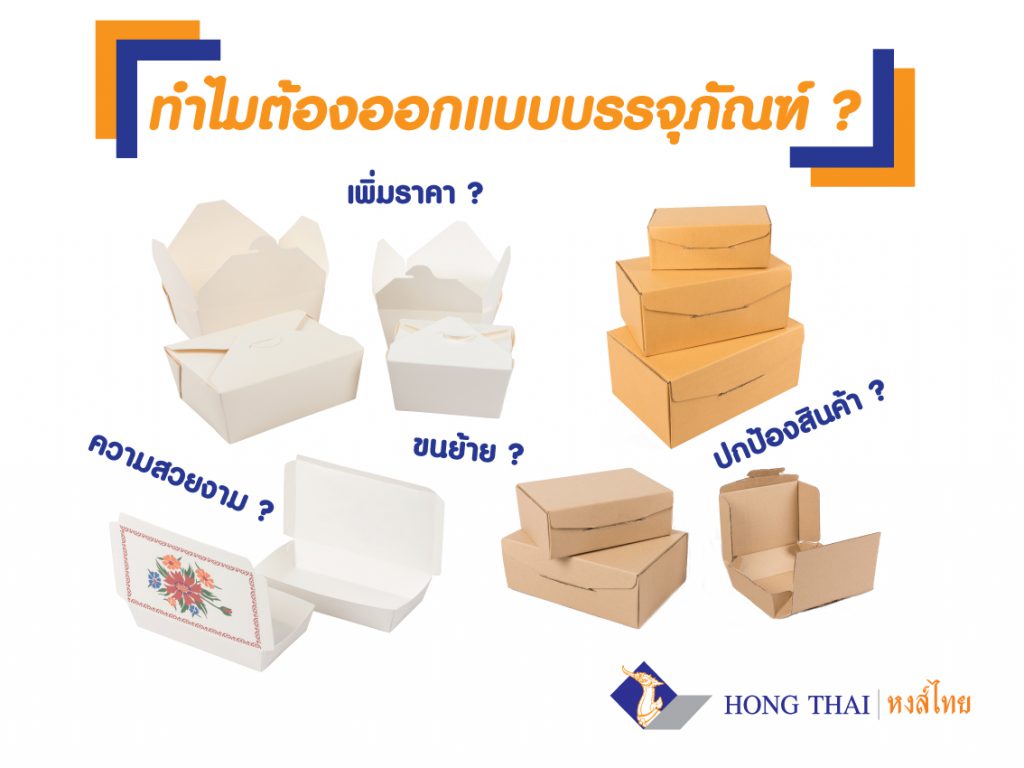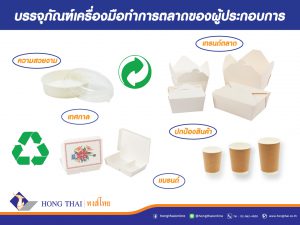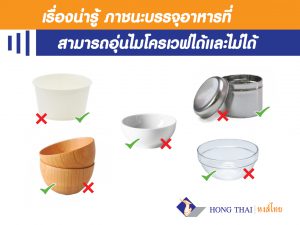For entrepreneurs or business owners creating their own brand, it’s well-known that choosing packaging or designing packaging is important. Even though there are many types of packaging available, such as paper boxes, corrugated cardboard boxes, molded pulp, and food and beverage packaging, why is it still necessary to design packaging specifically for products? This article provides the answer.
Why is Packaging Design Important?
“Why is packaging design necessary?” is a question many new entrepreneurs are likely asking. Apart from seeking an answer, they may also wonder why not just buy or order pre-made packaging boxes from a packaging factory, since they are cheaper than custom designs. The benefits of designing packaging that suits the product include:
1. It can add value to our products. A beautifully designed package plays a significant role in the customer’s purchase decision. They may choose it as a gift, without even considering the product inside.
2. Well-designed packaging clearly communicates the brand’s identity, unlike generic printed paper boxes or boxes sold by packaging factories.
3. Packaging design offers marketing benefits. For example, designing packaging that aligns with specific festivals such as New Year’s, Father’s Day, Mother’s Day, or Songkran. Packaging with patterns or designs reflecting these significant occasions tends to attract more attention.
Types of Packaging
When designing packaging, entrepreneurs should have a basic understanding of the different types of packaging. Even though designers from packaging factories can provide guidance, they may not understand the finer details as well as the brand owner. Generally, packaging can be categorized based on the manufacturing process or transportation method. All forms serve the same purpose: to protect the product, to sell the product, or for advertising. The types of packaging are as follows:
- Primary packaging: Refers to the packaging that directly wraps the product, such as bags, cans, and bottles.
For example, cream tubes. The importance of design focuses on being visually appealing and convenient for use.
2. Secondary packaging: Refers to packaging that collects multiple primary packages together, typically from 2 to 24 items. Its main purpose is to facilitate retailing.
3. Tertiary packaging: Usually large packaging used for shipping, making transportation more convenient, such as cardboard crates or corrugated cardboard boxes.
When entrepreneurs understand the importance of design and the different types of packaging, not only can they create packaging that suits their product, but they also gain an understanding of factors that impact packaging prices, such as the manufacturing process, material costs, machinery used in production, and other considerations. These factors all contribute to production costs.






